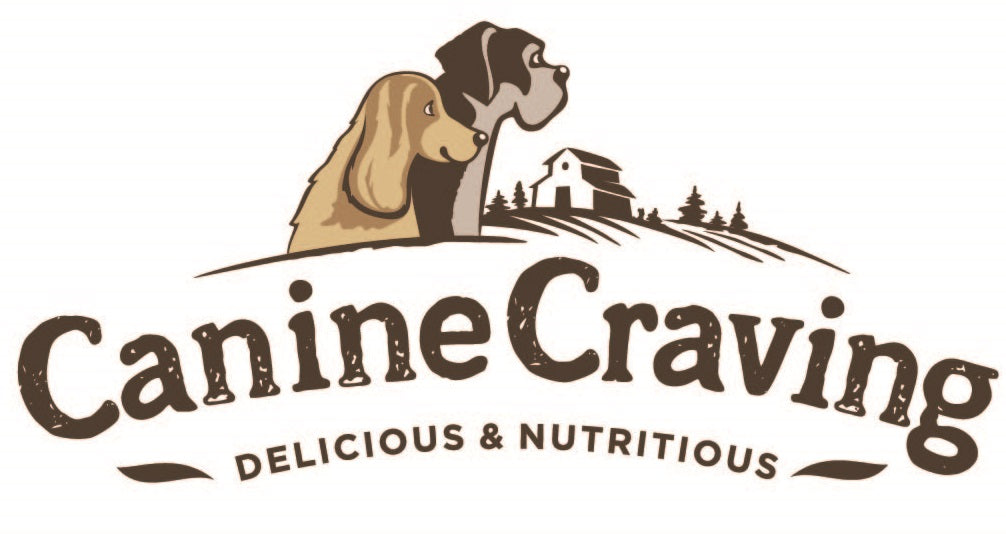Overweight Dogs
One of the most common pitfalls dog parents should watch out for is overfeeding. Attempts to shower our dogs with love by means of big meals and lots of tasty treats are sweet, but misguided. In dogs, as with humans, extra weight can lead to health problems. Be sure to indulge your four-legged friend with affection, not food!
Causes of Obesity in Dogs
Obesity is an extremely common problem in pets and, as with humans, it can be detrimental to the health of a dog. The overweight pet has many added stresses upon his body and is at an increased risk of diabetes, liver problems and joint pain.
Obesity develops when energy intake exceeds energy requirements. This excess energy is then stored as fat. The majority of cases of obesity are related to simple overfeeding coupled with lack of exercise. Certain groups of dogs appear to be more prone to obesity than others. Specific breeds, such as Labrador retrievers and pugs, and older dogs are particularly susceptible.
How to Tell if Your Pet is Overweight
There are a few ways easy ways to identify whether your pet has put on the pounds. You should be able to feel the backbone and touch the rubs in an animal of healthy weight. If you cannot feel your pet’s ribs without pressing, there is too much fat.
Also, you should see a noticeable waist between the back of the rib cage and the hips when looking at your pet from above. When viewed from the side, there should be a “tuck” in the tummy, meaning the abdomen should go up from the bottom of the rib cage to inside the thighs. Dogs who fail these simple tests may be overweight.
How to Help Manage Your Dog’s Weight
We have a few tips that can help your pet shed the extra padding. Please note, if your pup has put on weight, we recommend that you consult your pet’s vet before starting on a weight loss program.
- Correct your pet’s diet. Overweight animals consume more calories than they require. Work with your veterinarian to select a more suitable food and determine your pet’s caloric requirements. The diet should contain a normal level of a moderately fermentable fiber and fat to prevent the skin and coat from suffering during weight loss.
- Increase regular exercise. Increasing physical activity can be valuable to both weight loss and weight maintenance. Regular exercise burns more calories, reduces appetite, changes body composition and will increase your pet’s resting metabolic rate.
- Modify your behavior. A successful weight management program means making changes in your behaviors that have contributed to your pet’s weight. For example, you may be giving your pet too many treats or not giving her enough opportunities to exercise.
- Here are some ways you can commit to your pet’s weight loss:
- Remove your pet from the room when the family eats
- Feed your pet several small meals throughout the day
- Reduce snacks and treats, and feed all meals and treats in your pet’s bowl only
- Provide non-food related attention with lots of affection



